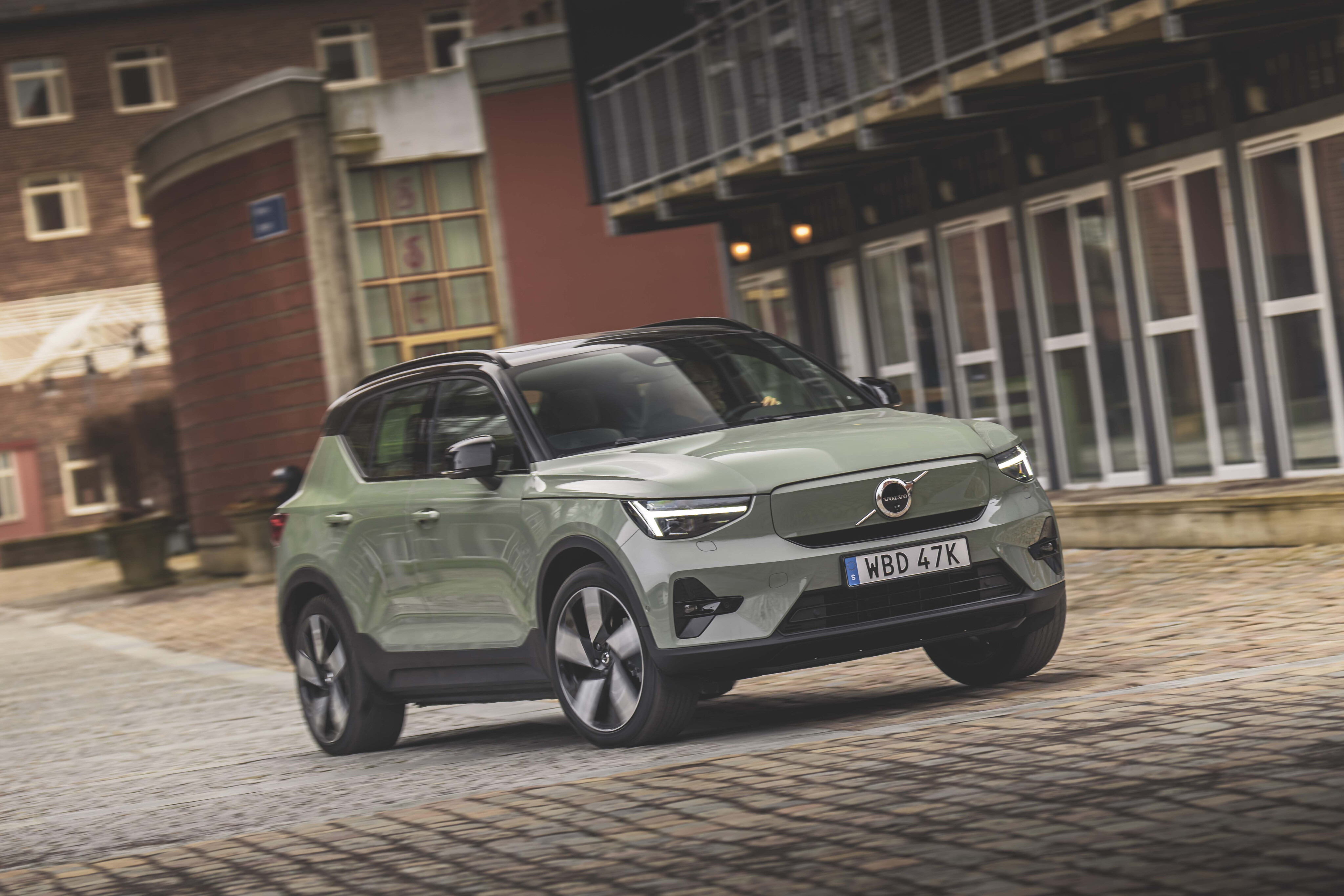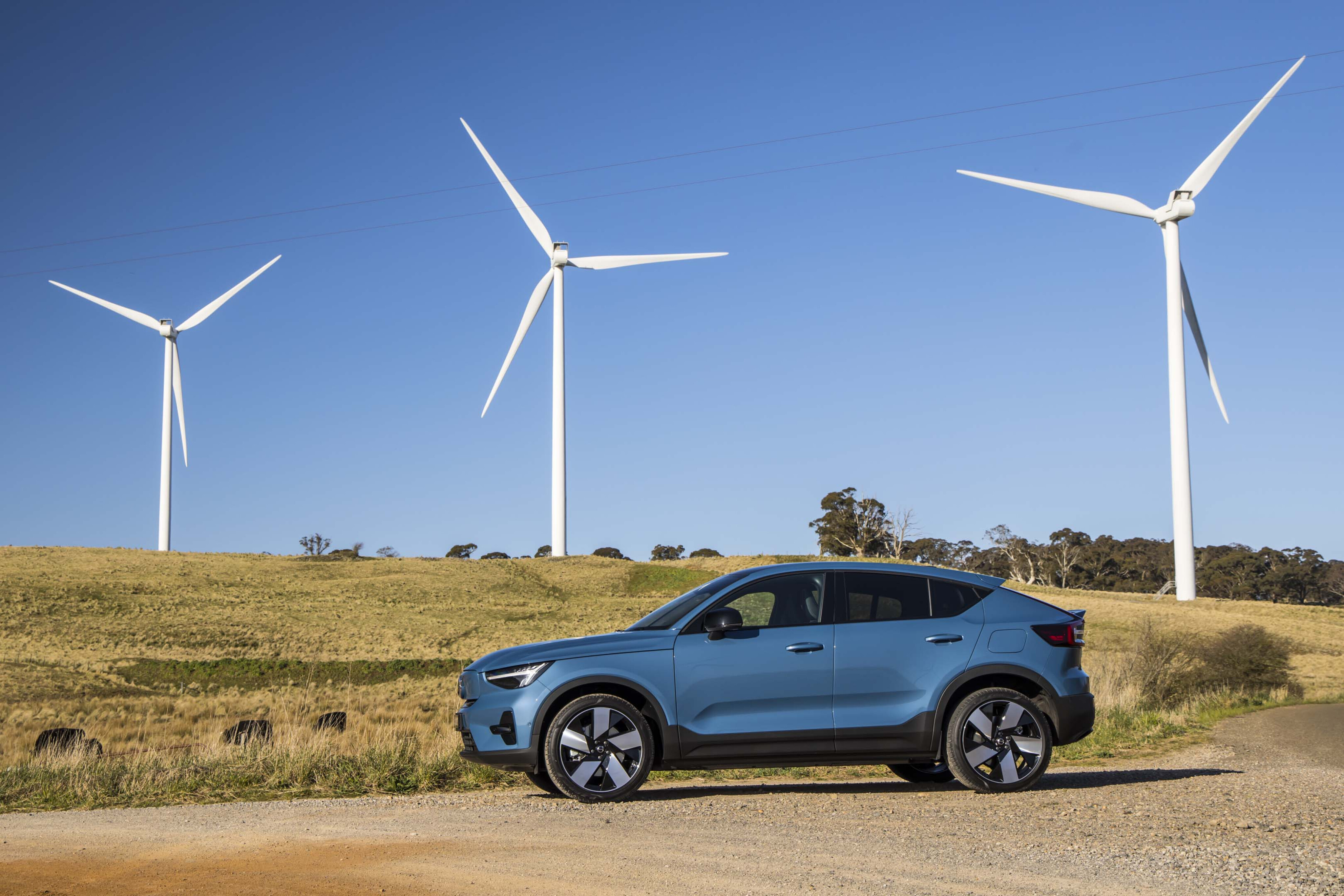
If electric vehicles depend on unsustainable batteries and electricity for charging, are they really any more eco-friendly than a petrol or diesel car?
Environmentalists lobby for the transition to a ‘greener’ electric transportation system, while sceptics argue EVs are even worse for the planet, endorsing LPG (liquefied petroleum gas) as a better approach already in play.
So, which side is right?
Besides battery health longevity and thermal safety, sustainability is another key point of doubt when it comes to adopting ‘new technology’ EVs.
Even though EVs don’t emit any exhaust pollutants, their batteries are made up of a range of mined raw materials – 'rare metals' in many cases.
Likewise, for many Australians, electricity at home is mainly supplied by coal-fired power plants.
This poses the glaring question: Don’t EVs have a higher carbon footprint than a conventional combustion-engined vehicle?
Let's look at that.

Charging with fossil-fuels?
If electric cars are charged with power from high-emitting coal-fired stations, aren’t they worse for the environment than petrol or diesel cars?
The first point to note here is that all new electricity demand in Australia is met with renewable energy, so more EVs coming into the market will not result in coal powerplants running overtime. Indeed, coal plants are planned to close even earlier than anticipated. (Clean Energy Regulator: State of Total Renewables [↗])
Then, there's the difference between coal-supplied power versus petrol and diesel power. Modelling by PricewaterhouseCoopers (PwC) Australia [PDF↗] revealed that the average EV in 2018 results in 98 grams of carbon dioxide (CO2) per kilometre when charged off the standard fossil-fuel powered electricity grid. In contrast, traditional combustion-engined vehicles averaged around 185g of CO2/km in 2018.
LPG vs electric?
There’s the sentiment that liquefied petroleum gas (LPG) combustion engine vehicles are more sustainable and cheaper to run than EVs, given it consists of abundant propane – although it is still a fossil fuel, albeit a 'low-carbon' type.
While there’s no data to definitively resolve this debate, LPG vehicles do still emit local exhaust pollutants and there are still questions around harmful extraction methods – not to mention that there are currently no new LPG-powered original manufacturer vehicles on sale.
Keep in mind that, as one of the sunniest countries in the world, around 2.7 million buildings in Australia already had solar photovoltaic panels installed as at the end of 2020 – which made up 27.3 per cent of homes nationally, according to the Clean Energy Council [↗].
This means EV owners can plug in when there’s solar generation (or if there’s excess energy stored in home battery storage systems) to further reduce lifetime emissions. Vehicle-to-grid (V2G) bidirectional charging technology is also emerging to enable owners to store energy at off-peak hours and use it during the more expensive peak hours.
Residential or business dwellings that can’t install solar panels will also benefit from the increased expansion of wind and hydro renewable energy sources, and some energy provider plans offer a carbon-neutral offset option.
As for public EV charging stations, major providers including Chargefox, Evie Networks, BP Pulse, AmpCharge, and Tesla claim to power all owned and operated sites with either 100 per cent renewable energy or purchase carbon-offset certificates.

What about the battery materials?
Since EV batteries rely on mining a variety of rare metals such as lithium, cobalt and nickel, do they have a bigger carbon footprint than ICE cars?
Initially yes, but that falls off over time. Current battery technologies require expensive and resource-limited materials, alongside magnets in electric motors needing rare earth minerals (which is also used for catalytic converters in combustion-engined vehicles).
Both use intensive mining and processing methods that often depend on heavy diesel-fuelled machines, with cobalt extraction in particular being associated with contaminating waterways, damaging ecosystems in developing countries, and unethical child labour exploitation. Brands are increasingly taking steps to trace the origin of metals used, to ensure ethical processes are maintained.
Similar to the argument for significantly cheaper ownership costs over time to recoup the EV price premium, however, total lifetime greenhouse gas emissions are lower.
According to a Volvo Cars 2020 report [PDF↗], the XC40 Recharge electric SUV does initially have a higher carbon footprint from the factory than the equivalent petrol-powered XC40.
However, the EV has a lower holistic footprint at 54 tonnes of CO2 than its petrol twin at 58 tonnes of CO2 at end-of-life, after driving 200,000 kilometres – even when the former is charged off a ‘global electricity mix’.
But, the EV can do much better than the ICE car if charged responsibly.
If the electric XC40 Recharge is charged exclusively from wind-generated renewable energy, the EV's carbon footprint is reduced to only 27 tonnes of CO2 due to slashed ‘use phase’ emissions.
And, while ICE cars aren't going to get any greener from a fueling perspective, each passing year will see more and more EVs charged with renewable energy.
Call us biased, but the 'arc of justice' on this one clearly bends towards EVs over time.
Additionally, lithium-iron-phosphate (LFP) battery cathodes have emerged in entry-level EVs, which don’t use nickel and cobalt materials to lower the manufacturing footprint compared to lithium-ion. Sodium-ion tech is also appearing as an even more sustainable alternative.

What about manufacturing and shipping?
If EVs are produced and shipped to showrooms using unsustainable methods, they’re still harmful to the environment, right?
Yes, but an industry-wide shift is already happening towards a more eco-friendly ‘circular economy’ from the supply chain to manufacturing and end-of-life, including repurposed batteries – with an ultimate goal to reach net-zero by 2050 at the latest for most automakers.
Companies such as Tesla, Geely, the Volkswagen Group, Hyundai Motor Group and BMW Group already employ complete or part animal-free and recycled materials in electric car interiors – replacing unethically-sourced leathers and toxic synthetic polyvinyl chloride (PVC).

By using more recycled components across the bodywork and cabin, Volvo claims it has reduced the total lifetime carbon footprint of its upcoming EX30 small electric SUV by 25 per cent (to less than 30 tonnes of CO2 after 200,000km) compared to the existing XC40 Recharge.
Major vehicle and battery factories globally are also transitioning to renewable energy power, reducing water use, and recycling waste materials.
A report commissioned by Polestar and Rivian highlighted that simply switching EVs isn’t enough for the automotive industry to meet carbon-neutrality targets – with the need for a sustainable and responsibly-sourced supply chain.
Recycling EV batteries is also being established once they eventually reach their end-of-life, with old packs already being repurposed for battery storage systems to hold renewable energy.
As for car shipping and delivery logistics, the transition is slower but in progress. Some newer ocean-going cargo vessels are using more fuel-efficient diesel engines, some using biofuels, and boasting larger cargo capacities for fewer trips.
On the road, heavy battery-electric and hydrogen trucks are gradually coming onto the market, but it will take some time for the commercial sector to decarbonise since today’s technologies and charging infrastructure still need to develop to suit long hauls.

The road is looking clearer…
So, yes, EVs have a higher initial carbon footprint when it rolls off the factory – but by looking at the holistic whole-of-lifetime emissions, the data shows that EVs are ‘greener’ than traditional combustion engines.
And, with advancements in battery technology, expansion of renewable energy and improvements in manufacturing and supply chains, the EV emissions footprint will only shrink in the coming years.

Then there's the immediate human benefit, often overlooked
Because EVs don’t emit any local exhaust pollutants (a definitive harmful carcinogen to human health), more EVs on the road means less toxic risk to humans – whether it’s smelling fumes in your garage, walking by traffic in the city, or even in your own car while in constricted drive-throughs.
If you've ever been convinced we're biased towards electric cars, it's unlikely we've softened that opinion here – but the data is the data.
More EV stories to help you choose the best car for your needs
🚘 EV news, reviews, advice & guides
- ❓ Short & sweet: Your EV questions answered
- ⚡ New EVs: Everything coming to Australia
- 🥇 Australia's EVs with the longest driving range
- ⚖️ Best-value EVs by driving range
- 💰 How much do EVs cost in Australia?
- 😰 How much more expensive are EVs?
- ⚖️ Number crunching: Is it time to switch to an EV?
- ♻ Should you buy a used EV?
- 🛡️ Are EVs more expensive to insure?
- 🆚 Costs compared: Charging an EV vs fueling a car
- 📖 EV charging guide
- 👨🔧 EV servicing explained
- 🔋 EV battery types explained
- 🪫 When do EV batteries need replacing?
- 🆚 Hydrogen v EVs: What's best for Oz?
COMMENTS